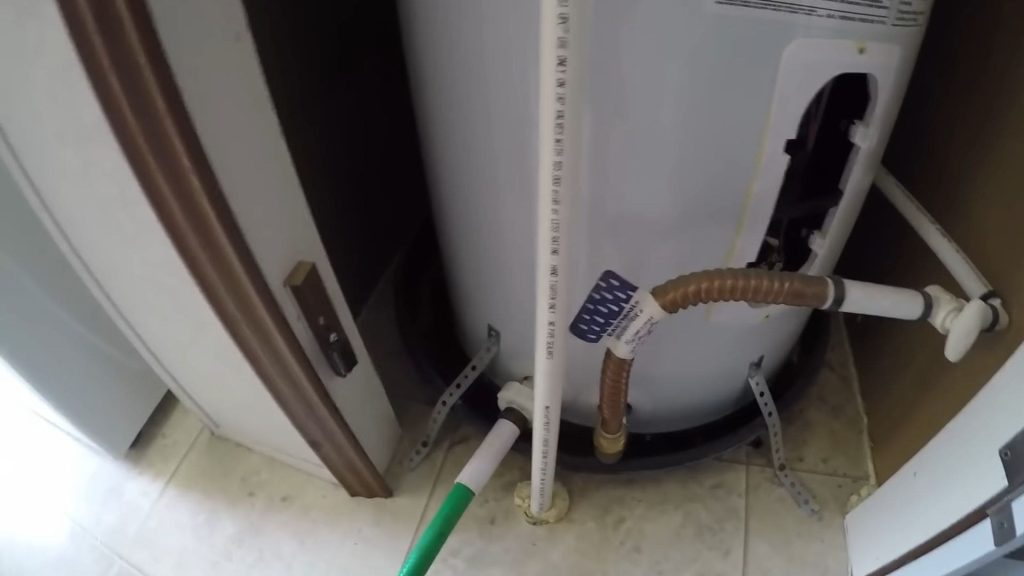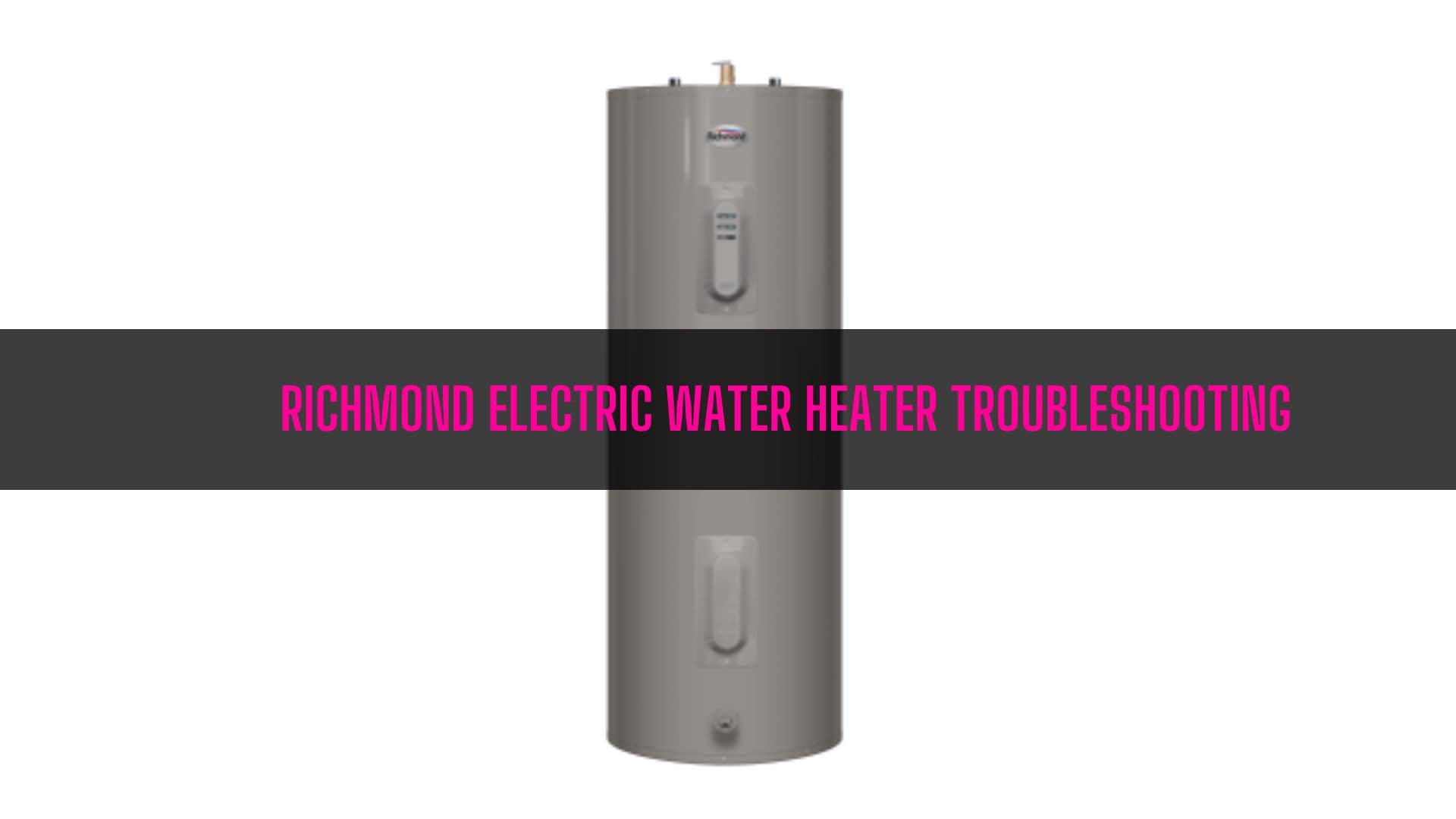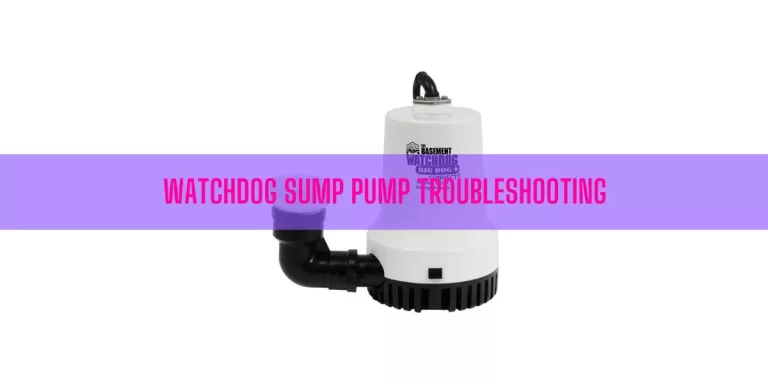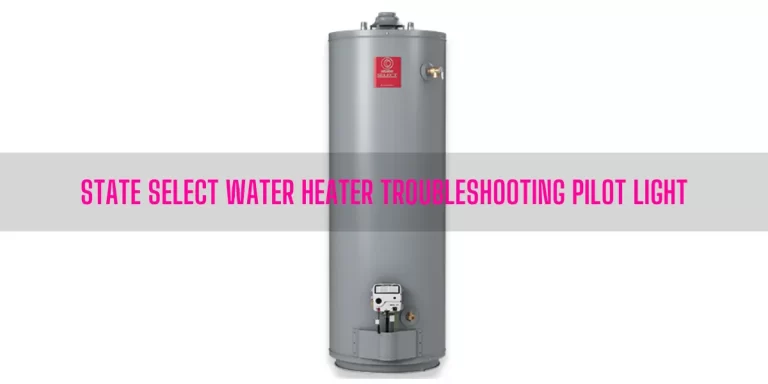Richmond Electric Water Heater Troubleshooting [Ultimate Guide]
This complete guide on Richmond Electric Water Heater Troubleshooting will break down 7 common problems, including:
- Lack of hot water or no hot water
- Water temperature fluctuation
- Too hot water
- Strange or rumbling noises
- Leaks
- Relief valve producing popping noise or draining
- Rattling noise during periods of water usage
Apart from these, I will recommend some maintenance tips to avoid operational problems. So, keep reading till the end.
Table of Contents
- Richmond Electric Water Heater Troubleshooting [7 Common Problems & Solutions]
- Maintenance Tips To Avoid Common Operational Issues
- End-Note
Richmond Electric Water Heater Troubleshooting [7 Common Problems & Solutions]
Let’s go along with the troubleshooting steps directly to resolve the common problems of the water heater.
1. Lack of Hot Water or No Hot Water
You will get a lack of hot water or no hot water at all from your Richmond Water Heater due to the following reasons:
- The circuit breaker for the water heater gets tripped, or the fuse (if you use it) gets blown out.
- The electric supply may be off.
- You may set the thermostat too low.
- Hot water faucets are open or leaking.
- Improper wiring
- The ECO or reset button gets tripped.
- Sediment buildup
- Heating element problems
- Water usage may have exceeded the capacity of the water heater
- Cold water inlet temperature may be colder during the winter months.
How To Fix:
Try the following troubleshooting steps to get sufficient hot water:
- Check the circuit breaker for the water heater. If it gets tripped, flip it up to the On position. On the flip side, if you use a fuse to install the water heater, verify that the fuse doesn’t get blown out.
- Ensure the electric supply to the unit is on. If you need help, call your local electric utility.
- Adjust the thermostat to your desired temperature setting. You can adjust it by opening the upper access panel. Once you open the access panel, remove the insulation and the plastic protective cover. Then, adjust the dial to a higher temperature setting. I recommend you read this article: Richmond Water Heater Temperature Adjustment to learn more.
- Verify the hot water faucets are closed, or they don’t leak. If those faucets leak, you can watch this tutorial to fix the leaks.
- Check the installation guide in the manual and wire the water heater accordingly. If you need help, call a professional to wire the unit correctly.
- Press the reset button if it gets tripped. You can read this Richmond Water Heater Reset Button article to learn the process.
- Flush the tank to remove the sediment buildup. Check this guide to learn how to flush the water heater tank: How To Drain Richmond Water Heater?
- Defective heating elements cause the unit to heat no water in the tank. So, check the heating element and replace it if required. Read this article: Richmond Water Heater Element Replacement to learn the replacing process.
- Turn the unit off if your water usage demand exceeds the water heater capacity. Then, turn on the water heater after a period to let the unit recover after an abnormal demand.
- During the winter months, the cold water temperature is comparatively cold. And it’s normal. The colder inlet water takes longer to heat.
2. Water Temperature Fluctuation
The outlet water temperature may fluctuate due to a defective thermostat, sediment accumulation, and inconsistent power supply.
How To Fix:
First off, check the thermostat for proper operation. Calibrate the thermostat by adjusting the dial. If it brings no luck, replace the thermostat. Read this article: Richmond Water Heater Thermostat Replacement to learn how to replace the thermostat like a champ.
Second, sediment buildup at the bottom of the unit may cause the heating element to work inefficiently. As a result, you may get lukewarm water from the water heater or vice versa. To resolve this issue, flush the tank to clear the sediment accumulation.
Third, verify that the power supply to the unit is stable. You can hire a certified electrician to wire the unit according to the manual, local codes, or the latest edition of National Electrical Code ANSI/NFPA 70.
3. Too Hot Water
Your Richmond Water Heater will heat the water at excessive temperature if:
- The temperature setting is too high.
- The thermostat is defective.
- High mineral content
- Blocked pressure relief valve
- The heating element is at fault
How To Fix:
Go along with these troubleshooting steps to let the water heater healthily heat the water:
- Adjust the temperature setting to 120-degree
- Test the thermostat electrically. If it’s at fault, replace it with a new one.
- The high amount of mineral contents in the water can leave crusty deposits, which could cause the unit to overheat the water. To resolve this issue, flush the tank regularly, like once a year or twice, depending on the water’s hardness.
- If the pressure relief valve gets clogged by deposits or debris, it fails to relieve pressure. As a result, excessive pressure buildup can make the water too hot. Clean the pressure relief valve by operating it manually. If you can’t operate it, turn the unit off and call a certified plumber.
- Replace the heating element if it gets defective.
4. Strange or Rumbling Noises
Your water heater will make strange or popping noises because of sediment buildup in the tank, expansion & contraction of the heating element, and faulty T&P valve.
How To Fix:
Flush your water heater once a year or every six months to remove the mineral deposits from the bottom of the tank. Next, check the T&P valve for proper operation. Call a professional to replace it if it doesn’t work as intended. Lastly, check the heating element condition. If it gets depleted, replace it with a new one.
5. Leaks
Your water heater may leak from different sources- from the pressure-relief valve, tank corrosion, or because of faulty connections & fittings. Fortunately, I wrote a thorough guide on Rheem Water Heater Leaking. In that article, I described why the water heater leaks and how you can stop the leak. Read the guide to learn everything about water leaks.
6. Relief Valve Producing Popping Noise or Draining
The pressure relief valve on the water heater will make a popping noise due to pressure buildup caused by thermal expansion in a closed system.
Do you know what a closed system is? If the cold water inlet line has a check valve, it’s a closed system.
As water is heated, it expands within the tank and creates pressure. This expansion and pressure buildup in the tank is known as thermal expansion.
In a closed system, the expanded water doesn’t flow back into the main supply line like an open system. Due to this, it creates thermal expansion. Thermal expansion can create a rapid and hazardous pressure within the tank.
The rapid pressure within the tank can reach the safety setting of the pressure relief valve, causing it to operate. Consequently, the pressure relief valve will drain hot water.
Due to repeated thermal expansion and contraction, the water heater’s components can cause the pressure relief valve’s and water heater’s premature failure.
Replacing the pressure relief valve will not fix this issue. You should install a thermal expansion tank to resolve this. You can read this guide on Tankless Water Heater Expansion Tank to learn about the details. Though it’s about tankless, you can learn the concept of installing an expansion tank.
7. Rattling Noise During Periods Of Water Usage
Do you hear a rattling noise from the water heater during water usage? If yes, it happens when the internal heat trap fittings operate. This is normal, and it doesn’t indicate a problem with the water heater.
Maintenance Tips To Avoid Common Operational Issues
Follow the recommended maintenance tips below to avoid common operational problems mentioned earlier in this article. It doesn’t only help you prevent issues but also increases the efficiency of the unit.
Flush The Water Heater

Drain the water heater once a year or twice, depending on the hardness of the water. It will help you remove sediment buildup from the bottom of the unit. Follow these steps to flush the tank:
- Turn off the electric supply to the water heater at the circuit breaker.
- Close the cold water supply valve.
- Open a hot water faucet or the pressure relief valve to remove air or pressure in the tank.
- Attach a garden hose to the drain valve and place the other end to the nearest floor drain or outside.
- Open the drain valve using a screwdriver to let the water drain.
- Once you flush the tank thoroughly, detach the garden hose and close the drain valve.
- Open the cold water supply valve to refill the tank.
- Check the connections and fittings for a leak.
Inspect the Anode Rod & Replace It If Required
Richmond Electric Water Heater is equipped with an anode rod. It helps prolong the life of the glass-lined tank by combating the minerals.
However, water sometimes contains a high sulfate. The anode rod reacts with the sulfate, creating a hydrogen sulfide or rotten egg odor. Chlorination of the water supply can minimize this problem.
Over time, the anode rod gets depleted and sacrifices itself, losing its ability to combat the mineral contents in the water. So, inspect the anode rod once a year and replace it if required.
Periodic Checks on T&P Valve
T&P or pressure relief valve is a safety feature. It helps relieve excessive pressure from the tank and protects the system. However, if it gets clogged by buildup, it works differently than intended. That’s why you should inspect the valve periodically and operate it manually.
Lift the lever on the pressure relief valve until the stem rises. When you open the relief valve, water will rush out of the pipe near the tank. Then, push the lever back down to close the pressure relief valve to stop the water flow.
If you can’t operate the pressure relief valve or it gets stuck, turn off the unit and call a professional for help.
Read More: Richmond (Gas) Water Heater Troubleshooting
End-Note
You can resolve those common problems by following the troubleshooting steps mentioned in this article. Turns out, flush the water heater once a year or every six months. Flushing the unit will help you remove sediment buildup and boost efficiency. However, if you fail to resolve a specific problem by following this guideline, call a professional for further assistance.

Sohel Rana is an expert writer (Of course, the owner and founder of this blog) on plumbing, HVAC, and appliance repair & troubleshooting. Since 2020, he has written on these specific topics, though his writing journey began in 2018.


![Rinnai Tankless Water Heater Code 10 [How To Fix]](https://lildutchuncle.com/wp-content/uploads/2022/08/Rinnai-Tankless-Water-Heater-Code-10-768x384.webp)

![Richmond Tankless Water Heater Code 12 [Solved]](https://lildutchuncle.com/wp-content/uploads/2023/10/Richmond-Tankless-Water-Heater-Code-12-Solved-768x384.webp)
![Camplux Water Heater Troubleshooting [Complete Guide]](https://lildutchuncle.com/wp-content/uploads/2022/08/Camplux-Water-Heater-Troubleshooting-768x384.webp)

![Rinnai Tankless Water Heater No Hot Water [7 Easy Solutions]](https://lildutchuncle.com/wp-content/uploads/2022/09/Rinnai-Tankless-Water-Heater-No-Hot-Water-768x407.webp)
